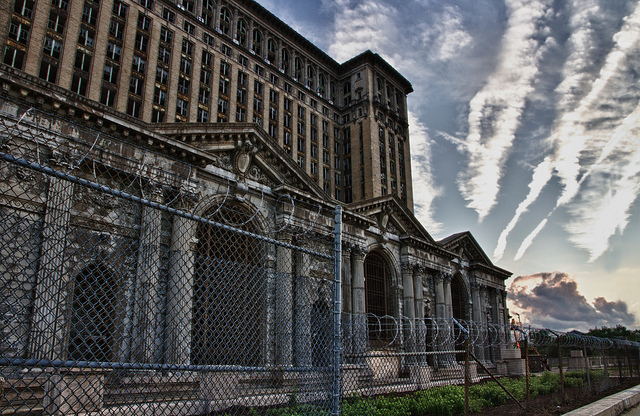Following yesterday’s post on comparing the relative problems of Detroit and the Chinese ghost city of Ordos, The Fiscal Times has a somewhat wistful description of Motor City’s decline by one of the city’s sons, Eric Pianin.
Pianin’s story charts the various attempts to revitalise the city following the disastrous 1967 riots that triggered the middle class and white flight from downtown.
As last week’s events show none of these efforts worked, which begs the question of what governments can do to save cities and regions facing structural decline.
Every city has an economic reason for existing — it could be transport links, natural resources or an industrial cluster. When that reason fades the population moves on.
For Detroit, the high point was the late 1960s as the US motor industry reached its zenith. Through the 1970s the sector languished and was then displaced by smarter, better Japanese competitors.
In the face of this there was little local, state or Federal governments could do. Detroit’s importance, wealth and population were destined to decline as industry left regardless of how much money was spent on grand schemes to revitalise the town.
Perhaps sometimes we just have to accept there are limits to government power and the predicaments of cities like Detroit are the natural course of history.
Over time, it may be Detroit manages to reinvent itself however the city will almost be very different, and smaller, city that it was in its heyday.
View of Detroit Central Terminal Station by Jason Mrachina through Flickr.

